Heat Treatment Techniques and Principles
Views Send Enquiry
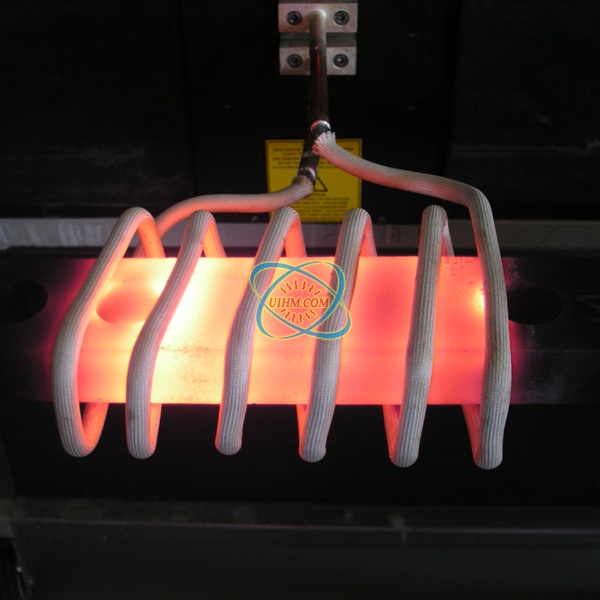
heat-treatment1
Generally steels are a suitable substance that goes under such treatments, since it responds well to it.
Common Heat Treatments:
Hardening
Softening
Material Modification
Hardening is generally done in order to enhance the wear and strength properties of the metal, especially steel. Sufficient alloy and carbon are the primary things or the pre-requisites for hardening.
Softening is exactly done for getting the opposite properties of a substance. It is done so that the strength and hardness of the material can be reduced.
Material modification is simply done to adjust the properties of the materials in addition with the softening and hardening procedures.
Stages of Heat Treatment:
This process can be skilled in three stages which are as follows:
First Stage – Heat the metal or the substance slowly in order to ensure a consistent temperature.
Second Stage ?Soaking of the metal at a particular given temperature for a specific time and then cooling down the metal to room temperature.
Third Stage ?Chilling the metal to room temperature.
As far as this treatment is concerned, maintaining uniform temperatures at all levels is the primary objective of the treatment process. Because of the uneven heating, one part can expand faster as compared to the other; therefore it may result in cracking or distortion. Moreover, uniform temperature can be achieved by heating the metal slowly.
Now we come to a very important aspect of the method of heat treating which is, for a thriving treatment process a close control is required over all the factors affecting the heating and cooling, however this can only be done with proper equipments.
Heat Treatment Processes:
If we talk about these treatment processes there are a wide range of them:
Ageing
Hardening
Normalizing
Induction Hardening
Annealing
Tempering
Isothermal Transformation
Cyaniding
Case Hardening
Shot Blasting etc.
In general, Annealing is the opposite process of hardening which when done relieves internal stress and soften the metal in order to make it more ductile. It refers to heating the metal to a specific temperature and holding it for a set of time and then cooling it to the room temperature.
Good
Bad
Related Content

induction brazing SS steel by handheld induction coil

induction melting silicon and steel
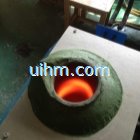
magnesium oxide acidic furnace for induction melting glass

induction preheating gas pipeline by full air cooled clamp induction coil and DSP induction heater
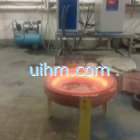
induction melting with Titanium alloy pot by customized induction coil

induction melting aluminium for casting wire wheel
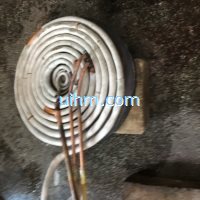
induction heating steel plate by pancake induction coil

induction heating steel knife
Hot
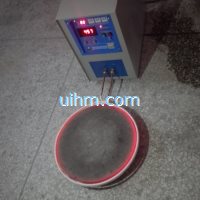
induction heating round steel plate edge
induction heating rocket parts
induction tempering aircraft parts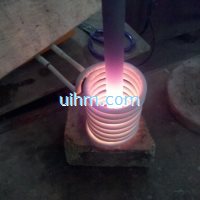
induction heating graphite rod by UHF machine
induction heating graphite by UHF machine with big induction coils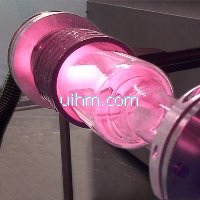
vacuum induction heating for crystal growth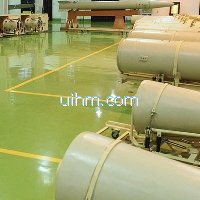
induction heating for SRBM (short-range ballistic missile) by DSP air cooled induction heater
induction heating for crystal growth

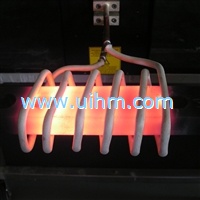
Newest Comment
No Comment
Post Comment